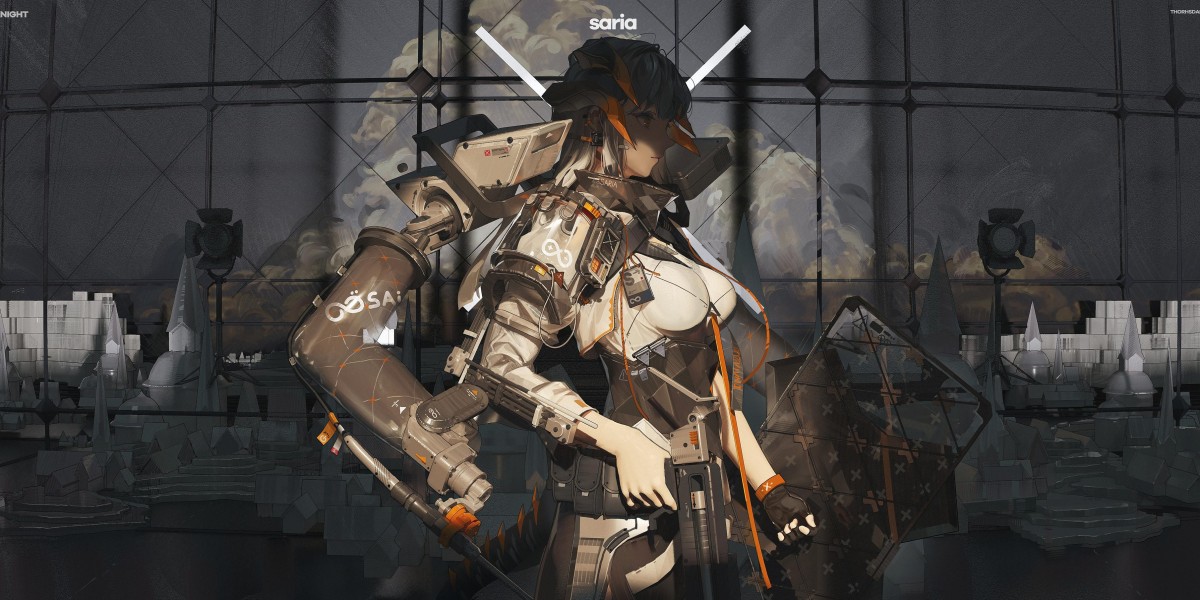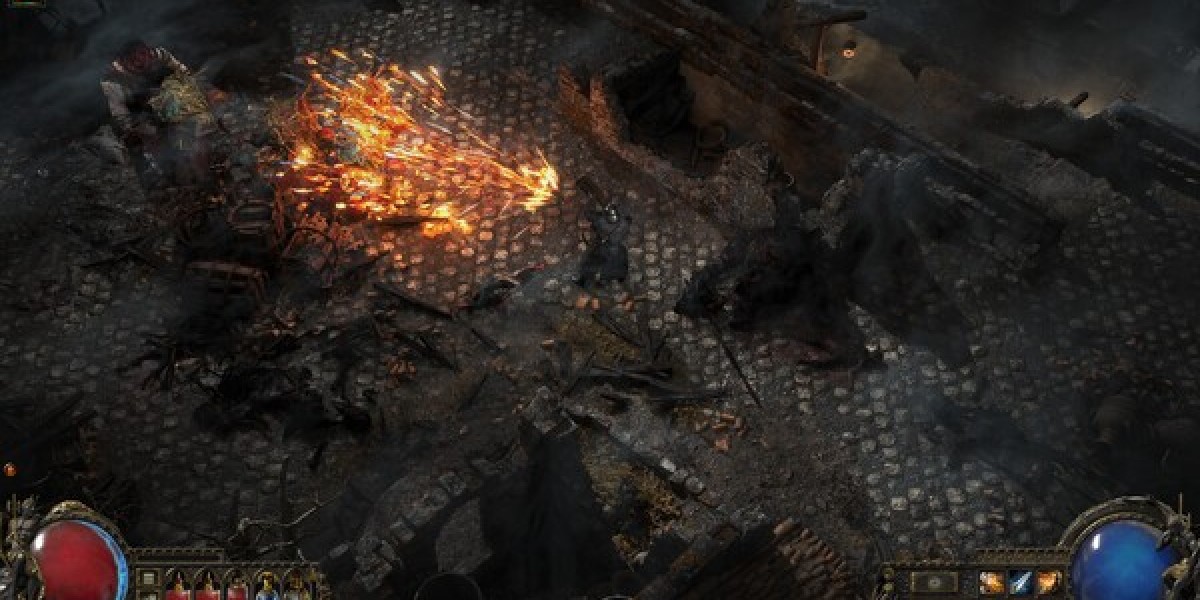Unleashing Creativity: The Fascinating World of AI Text-to-Image Generators
In recent years, AI text-to-image generators have emerged as a groundbreaking tool in the creative landscape, capturing the imagination of artists, designers, and hobbyists alike. These innovative technologies allow users to input descriptive text and receive stunning visual representations in return. As the world becomes increasingly digitized, the popularity of these generators continues to soar, facilitating a new era of creativity that merges technology with artistic expression. In this article, we will explore how AI text-to-image generators work, their key features, and the diverse applications they have across various industries. Whether you're a seasoned artist or someone simply curious about the intersection of art and technology, you'll discover valuable insights into this fascinating realm.
Understanding AI Text-to-Image Generators
AI text-to-image generators are sophisticated tools that utilize natural language processing (NLP) and machine learning algorithms to convert textual descriptions into images. At their core, these systems rely on neural networks, which are modeled after the human brain, allowing machines to interpret complex data. The technology behind these generators involves deep learning, where models are trained on vast datasets containing images and corresponding textual descriptions. This training enables the AI to understand the nuances of language and visual representation, allowing it to create unique images based on user prompts. For instance, if you input a phrase like "a serene landscape with mountains and a sunset," the generator processes this text, identifies key elements, and generates an image that embodies those concepts. This seamless interaction between language and imagery showcases the power of AI in bridging the gap between human creativity and machine interpretation.
Features of AI Text-to-Image Generators
Modern AI text-to-image generators come equipped with a variety of features designed to enhance user experience and output quality. One notable feature is customization, which allows users to tweak various parameters such as style, color palette, and even the level of detail in the generated images. This flexibility empowers creators to tailor visuals to their specific needs, setting these generators apart from traditional image creation methods. Additionally, the speed of generation is a significant advantage; what might take hours or days for an artist to illustrate can be achieved in mere seconds with AI. The user interface of these tools is often intuitive, enabling users of all skill levels to navigate easily and generate images without a steep learning curve. Innovations such as collaborative features, where multiple users can contribute to a single project, further enhance the creative process, making AI text-to-image generators invaluable assets in various creative endeavors.
Applications of AI Text-to-Image Generators
The applications of AI text-to-image generators span a wide array of industries, demonstrating their versatility and potential to enhance creativity and productivity. In the art world, artists are using these tools to brainstorm ideas, create mood boards, or even as a starting point for more intricate works. For instance, a friend of mine, an illustrator, experimented with an AI generator to visualize characters for a comic book she was working on. The generated images served as inspiration and a foundation for her final artwork. In advertising, marketers leverage these generators to quickly produce engaging visuals for campaigns, saving time and resources while maintaining creativity. The gaming industry also benefits, as developers use AI-generated images for concept art and storytelling elements, allowing for rapid prototyping and iteration. In education, these tools can facilitate creative learning experiences, enabling students to visualize concepts and engage with material in innovative ways. The possibilities are truly limitless, as AI text-to-image generators continue to evolve and integrate into various sectors.
Challenges and Considerations
Despite the numerous benefits, AI text-to-image generators come with their share of challenges and considerations. Ethical concerns are at the forefront, particularly regarding the originality of the images produced and the potential for copyright infringements. As these generators often learn from existing artworks, questions arise about ownership and the rights of original creators. Additionally, while AI can mimic artistic styles and generate impressive visuals, it may lack the emotional depth and intention that human artists bring to their work. This limitation raises important discussions about the role of creativity in the age of automation. Understanding these challenges is crucial for users who wish to incorporate AI text-to-image technology into their creative workflows. By being aware of the ethical implications and limitations, creators can make informed decisions about how to best utilize these tools in a responsible and innovative manner.
Exploring the Future of AI in Creativity
AI text-to-image generators represent a remarkable fusion of technology and creativity, offering exciting possibilities for artists and creators across various fields. Throughout this article, we have explored how these generators work, their key features, and the diverse applications that illustrate their transformative potential. As we look to the future, it is clear that AI text-to-image generators will continue to revolutionize creative processes, enabling artists to push boundaries and explore new realms of imagination. I encourage readers to delve into this fascinating technology and experiment with it, as the journey of discovery and creation is just beginning. Embrace the power of AI and unleash your creativity today!



